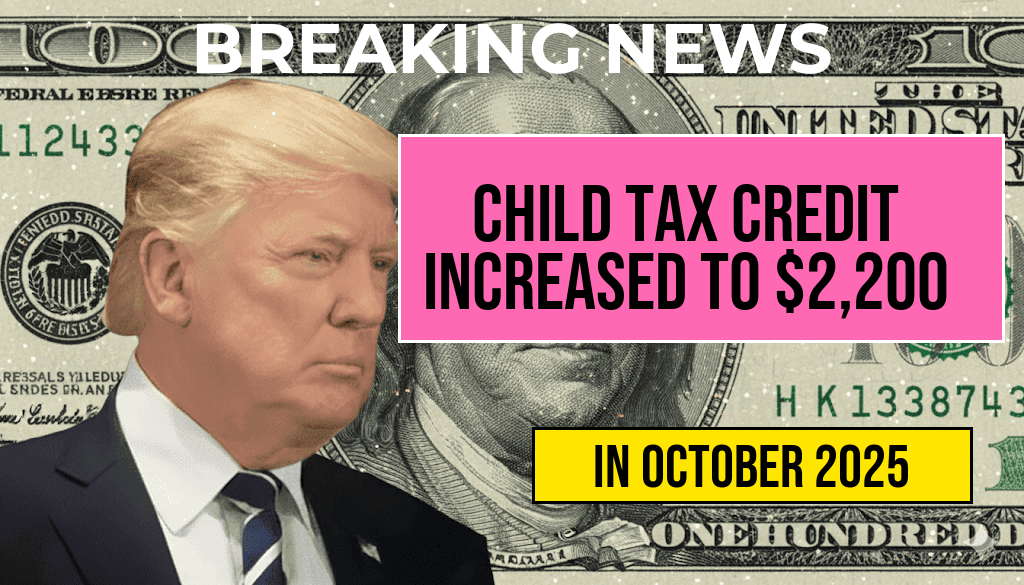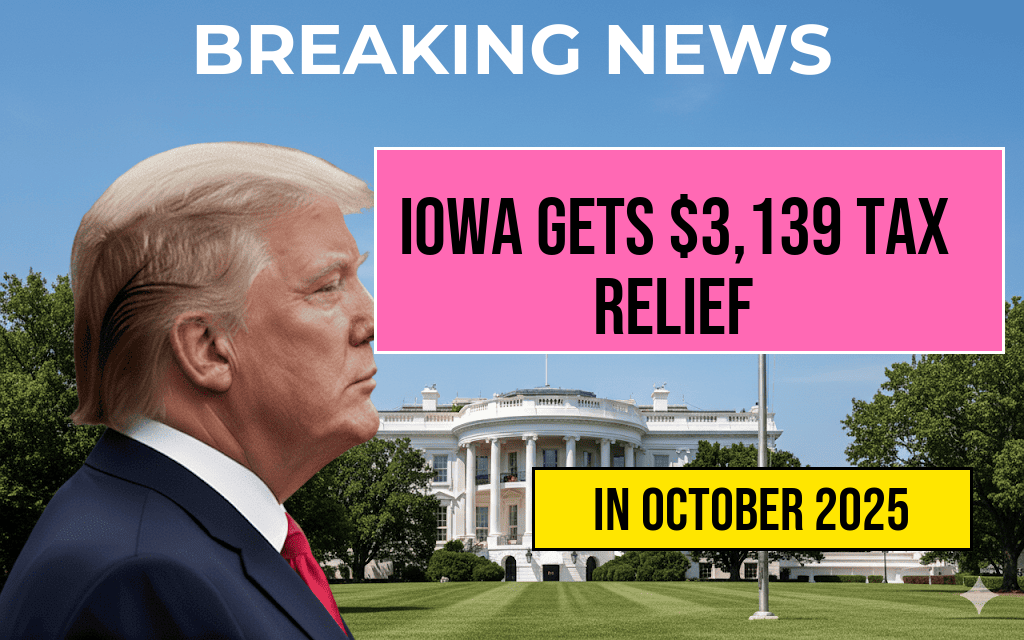As the federal government prepares for a comprehensive overhaul of the Supplemental Nutrition Assistance Program (SNAP) in 2025, concerns are mounting over the potential impact on millions of Americans relying on food assistance. Officials estimate that nearly three thousand dollars in benefits per household could be at risk due to proposed eligibility reforms, triggering fears of increased food insecurity among vulnerable populations. The planned changes aim to tighten income and employment requirements, introduce new work mandates, and modify benefit calculation methods, which could result in a significant reduction of assistance for many low-income families. Advocacy groups warn that these adjustments might disproportionately affect households headed by elderly individuals, people with disabilities, and those in rural communities. As policymakers debate the details, affected families, social service providers, and experts are scrutinizing how these reforms could reshape the landscape of food security in America.
Understanding the 2025 SNAP Overhaul
Scope and Objectives of the Policy Changes
The upcoming SNAP reforms are part of a broader effort to promote self-sufficiency and reduce dependency on government aid. The Department of Agriculture (USDA), which administers SNAP, proposes to implement stricter eligibility criteria, including:
- Requiring more frequent income verification
- Implementing work requirements for able-bodied adults without dependents (ABAWDs)
- Adjusting benefit calculations based on regional cost-of-living changes
- Introducing penalties for non-compliance with employment mandates
The goal is to streamline program administration and ensure benefits are targeted toward those most in need. However, critics argue that these measures could exclude households that currently depend on SNAP for basic nutrition, especially during economic downturns or unforeseen hardships.
Projected Impact on Households
According to preliminary analyses by social policy research organizations, the reforms could lead to a reduction of approximately $3,000 annually in benefits for some households. This figure accounts for both the potential loss of benefits due to stricter eligibility and the reduced benefit amounts resulting from regional adjustments. The most vulnerable groups—such as seniors living alone, individuals with disabilities, and families in rural areas—are expected to face the greatest challenges.
Who’s at Risk?
Demographic Breakdown of Affected Populations
| Group | Estimated Average Loss | Percentage of Total Affected |
|---|---|---|
| Senior Citizens (65+) | $2,500 | 35% |
| Individuals with Disabilities | $2,800 | 25% |
| Families with Children | $3,200 | 20% |
| Rural Households | $2,700 | 15% |
| Urban Low-Income Adults | $2,900 | 5% |
Analysis indicates that rural communities and elderly populations are particularly vulnerable, as they often face limited access to employment opportunities and social services. The potential benefit cuts could force families to make difficult choices between paying for food and other essentials, raising concerns among health and nutrition advocates.
Regional Variations and State-Level Responses
States have some discretion in implementing SNAP rules, which could lead to varied impacts across the country. For instance, states with higher costs of living or larger rural populations may experience more pronounced reductions in benefits. Some states are already exploring policies to mitigate adverse effects, such as providing supplemental aid or easing certain eligibility criteria. Nonetheless, the federal framework’s tightening standards are expected to produce a net decrease in benefits nationwide.
Expert and Advocacy Perspectives
Concerns from Social Policy Experts
Experts warn that the reforms could undermine decades of progress in reducing food insecurity. Dr. Laura Simmons, a policy analyst at the Urban Institute, emphasized that “stricter requirements risk excluding the very populations that most need support, especially during economic instability.” Studies have shown that reducing SNAP benefits correlates with increased hospitalization rates, decreased school performance among children, and higher rates of food insecurity.
Responses from Advocacy Groups
Organizations such as Feeding America and the National WIC Association are voicing opposition to the proposed changes. They argue that the reforms could push families into deeper poverty and strain local food banks and social services. “We must prioritize protecting vulnerable communities from policy shifts that threaten their basic needs,” said Maria Lopez, a spokesperson for Feeding America. These groups are urging Congress to reconsider or delay the implementation of the reforms until comprehensive impact assessments are completed.
Looking Ahead
Policy Development and Public Input
The USDA is soliciting public comments and conducting hearings to gather input on the proposed changes. Stakeholders—including low-income families, state officials, and advocacy organizations—are encouraged to participate in the consultation process. The final rule, expected to be published in late 2024, will determine the scope and scale of benefit reductions starting in 2025.
Potential for Legislative Action
Legislators sympathetic to the needs of vulnerable populations are exploring legislative measures to counteract some of the proposed reforms. Bills aimed at increasing funding for food assistance programs or providing waivers for hardship cases are under consideration. The political debate underscores the complex balancing act between fiscal responsibility and social safety net preservation.
For more on SNAP and recent policy developments, visit Wikipedia’s page on SNAP or consult recent reports from Forbes.
Frequently Asked Questions
What is the reason behind the SNAP benefits overhaul in 2025?
The SNAP benefits overhaul in 2025 aims to reform the program to ensure fiscal sustainability and better target assistance to those in need, but it may also result in benefit reductions for some recipients.
Who is at risk of losing SNAP benefits under the new 2025 rules?
Recipients who do not meet updated income thresholds, resource limits, or work requirements may be at risk of losing their SNAP benefits.
How much money could be at risk due to the SNAP overhaul?
Approximately three thousand dollars per household could be at risk if their benefits are reduced or eliminated as a result of the new policies.
What can recipients do to prepare for the upcoming changes?
Recipients should review their eligibility, gather necessary documentation, and stay informed about policy updates to understand how the changes may affect their benefits.
When will the new SNAP policies take effect, and how will they be implemented?
The 2025 overhaul is expected to be implemented gradually, with specific dates announced by authorities. Recipients will receive guidance on changes and compliance procedures ahead of time.








